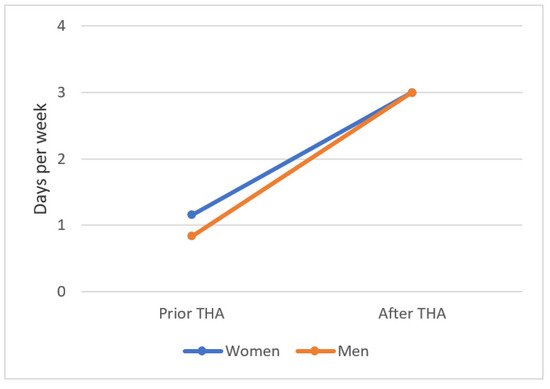The management of degenerative hip diseases in young patients remains a challenge. Current conditions, such as femoroacetabular impingement syndrome (FAIS), developmental dysplasia of the hip (DDH), and trauma are extensively recognized as sources of pain and functional limitations in active individuals that precede the development of hip osteoarthritis
[1][2][3][4][5][6][7]. In the past several years, there has been a rapid increase in the development of surgical techniques to preserve native hip joints, with the appreciation that most hip problems in young adults are associated with altered hip morphology
[1][8]. Despite the improvement of both open and arthroscopic hip-preservation procedures, these procedures may not provide adequate symptom relief in the case of severe osteoarthritic changes, and total hip arthroplasty (THA) may be required
[8][9][10]. These cases are often especially challenging due to deformity, muscle wasting, and scarring from previous surgeries
[11][12]. THA offers young patients the opportunity to achieve excellent pain relief levels and enhanced function. However, young patients undergoing THA often have high expectations concerning their postoperative level of activity
[10][13][14]. A systematic review on the functional outcomes after THA among patients under 30 years has been conducted
[10]. However, there is a lack of data answering questions about functional outcomes and sports activity levels after THA in young patients.



